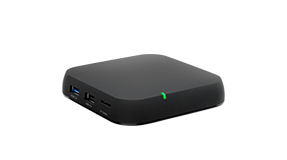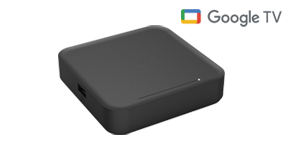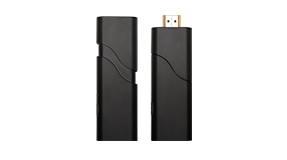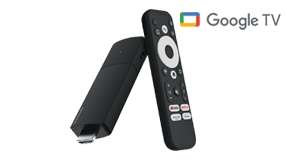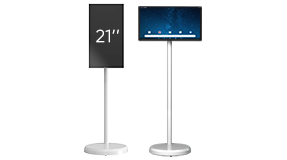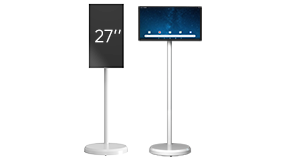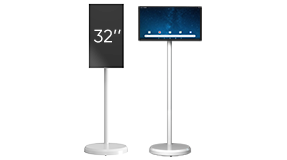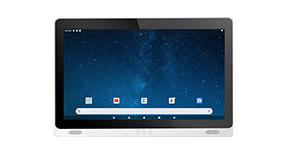
Why Custom Development Boards Are Great?
Custom development boards are very important in electronics. They are made just for your needs and have many benefits that make making things much easier. Both hobbyists and experts can do a lot with these boards.
Here’s why they are so good:
They are flexible. You can make these boards just how you need them for your project. This lets you be creative and not stuck with what regular boards offer.
They perform better. When you make a board for a certain job, it works more efficiently and does better. This is useful for things that need to be fast and reliable, like factory machines or robots.
They save time. These boards help you make prototypes quicker. This means you can sell your product faster, which is very important in the tech world today.
They save money. Even though they might cost more at first, they match your needs so well that you save money over time. You don’t pay for things you don’t need and use your resources better.
They help you innovate. These boards let you try new things and think differently. This leads to new and exciting technology and solutions.
What Makes Custom Development Boards Special?
Custom development boards are key to creating new things in electronics. They have parts and features that help developers make their ideas real. Knowing what these boards have is important if you want to start making electronic devices.
Here’s what they have:
Microcontroller or Processor: This is the brain of the board. It follows commands and handles data to run different parts.
Memory: This includes RAM and ROM. They store the commands and data, either for a short time or forever. Having enough memory makes sure everything runs smoothly.
Input/Output (I/O) Pins: These pins let the board talk to other things like sensors and screens. They help the board interact with the world around it.
Power Supply Circuitry: The board needs steady power to work well. This part makes sure the power level is right and goes to all the parts that need it.
Communication Interfaces: These are things like UART, SPI, I2C, and USB. They let the board send data to and get data from other devices.
Analog-to-Digital Converter (ADC): This changes signals from the real world into digital data the brain can understand.
Digital-to-Analog Converter (DAC): This does the opposite. It changes digital data into signals that can control things like motors.
Clock Source: This keeps everything on the board working together at the right time. It’s like a metronome for the board.
Programmable LEDs and Buttons: These let you see what’s happening with the board and tell it what to do.
Expansion Headers: These are extra pins and connectors. You can add more parts to the board with them.
On-Board Sensors: Some boards have sensors built in. These can sense things like movement or heat and let the board respond on its own.
Custom Development Board Creation Process

Making a custom development board is a thrilling process that lets you explore the world of electronics. Here’s step by step:
- Coming Up with an Idea: It all starts with your idea for a new gadget or a better way to do something. You might want to fix a problem, upgrade a product, or just try something new.
- Understanding What You Need: Next, think about what your project should do. Look at how it should work, how big it will be, how much power it needs, and how much you can spend.
- Designing the Plan: Now, draw a plan for your board. Pick the parts you need, like the main controller, sensors, ways to talk to other devices, and how to manage power.
- Making the Board Layout: After your plan is ready, design the board itself. Place all the parts and connect them. Be careful to make sure everything will work as expected.
- Building a Prototype: With your design in hand, put together a first version of your board. This might mean soldering parts to the board, adding extras, and checking if it works.
- Testing and Fixing Problems: Test your board to see if it does what you want. You might need to check the electricity, run computer tests, or find and fix any issues.
- Making It Better: Based on your tests, you might need to tweak your design, board layout, or computer code to make your board work better.
- Getting Official Approval: If you’re planning to sell your board, you might need to get it certified. This means making sure it meets certain standards for safety and doesn’t interfere with other electronics.
- Starting Mass Production: Once your prototype is perfect, get ready to make lots of boards. This involves getting all the parts, choosing companies to help make it, and setting up the production line.
- Sharing and Helping Users: Finally, when your board is ready to sell, give it to your customers and help them use it. You can provide guides, lessons, and help for any problems they have.
By following these steps, you can turn your electronic ideas into a real, working custom development board.
Where is a good place to get a custom development board made?
If you need a custom development board, szdatamax is a great place to go. They are experts in making high-quality boards for both electronics fans and pros. At szdatamax, they use the latest tools and know-how to make sure each board is just right for your project. It doesn’t matter if you’re just playing around with ideas at home or building something for work, szdatamax can make what you need. They focus on making good products that don’t cost too much and keeping their customers happy.

